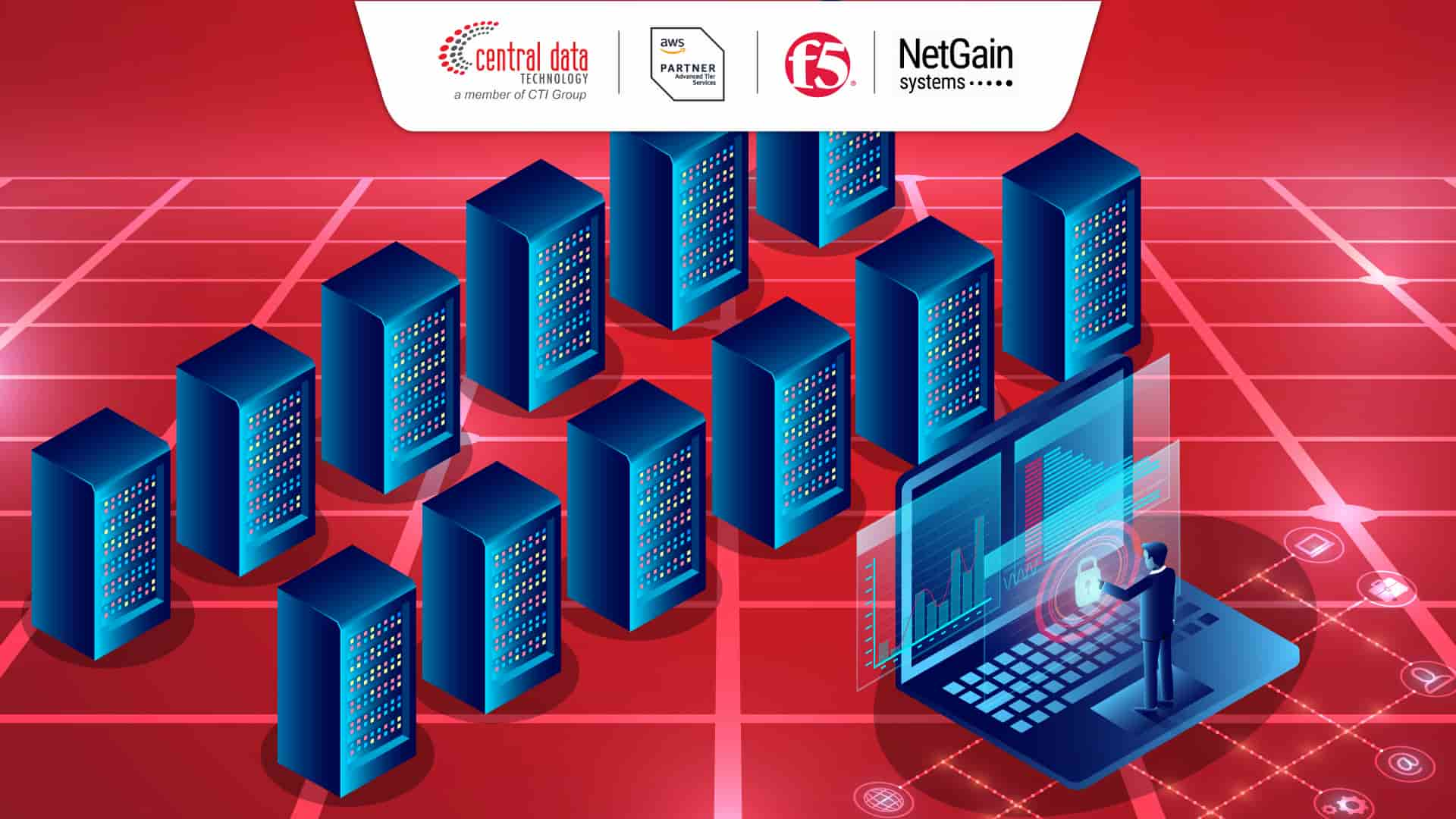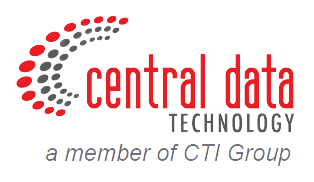
In today’s fast-paced digital world, the network isn’t just a business backbone—it’s the lifeline. But with so many devices, locations, clouds, vendors, and interconnected systems, a single misconfiguration can spell disaster. Downtime, data leaks, or even regulatory breaches can occur due to one missed parameter.
This is where network configuration management (NCM) steps into the spotlight. It’s not just a tool—it’s a critical foundation for managing networks intelligently, automatically, and securely. So, what exactly is network configuration management, and how does it help IT teams manage networks more intelligently and with less risk? Let’s explore in this article.
What is Network Configuration Management?

Network configuration management is an IT process that involves documenting, storing, and controlling the configuration of network devices in a centralized way. This includes managing technical parameters such as IP addresses, routing tables, access control lists (ACLs), VLAN settings, and firmware/software versions. A network configuration management system ensures everything is properly documented, auditable, and ready for rollback, compliance checks, or automation across complex, distributed environments.
Why Network Configuration Management Matters in the Digital Era
In today’s increasingly complex and dynamic IT landscape, network configuration is no longer just a technical formality—it plays a critical role in ensuring operational continuity, data security, and regulatory compliance. Without structured network configuration management, IT teams will struggle to track changes, identify errors, or recover systems quickly during incidents.
Risks like downtime, inconsistent settings, or exploitable misconfigurations can emerge from something as simple as a missed parameter. That’s why network configuration management has become a foundational element for creating networks that are stable, controlled, and scalable.
From Manual to Automated: The Evolution of Network Configuration Management
Network configuration isn’t a new concept—it has existed since the early days of large-scale hardware systems. But as technology has evolved, so too has the approach. What once lived in spreadsheets and manual logs is now managed through centralized, automated systems integrated with modern platforms. So how did network configuration management become such a vital solution today? Here are the key milestones in its journey.
1950s: Born in the Military
The concept of configuration management was first applied by the U.S. Department of Defense to manage complex hardware systems such as aircraft, warships, and weapons. Its main goal? Ensuring each component stayed within spec across its lifecycle. This early approach emphasized version control, change tracking, and meticulous documentation—foundational principles for modern IT configuration practices.
1980s: ISO Introduces the FCAPS Model
The ISO introduced the FCAPS framework—Fault, Configuration, Accounting, Performance, Security—as the standard model for network management. This was the first time configuration was formally recognized as a core component of network health and control.
1990s: Integration with IT Service Management
Through the rise of ITIL, configuration management became embedded in broader IT service management practices. Concepts like configuration items, CMDBs (configuration management databases), and structured change control began shaping how organizations managed their infrastructure.
2000s: The Age of Virtualization and Multivendor Environments
Virtualization and mixed-vendor environments made network configuration increasingly complex and dynamic. With so many combinations of hardware, software, and tools, automation became crucial for avoiding inconsistencies and configuration errors.
2020s: The Era of Cloud, Automation, and Real-Time Visibility
Hybrid and multicloud architectures are now the norm, and configuration needs to be automated, auditable, and always up to date. Network configuration management is no longer just a technical tool—it’s a central control point for security, compliance, and operational efficiency across distributed environments.
Key Features of Modern Network Configuration Management
An effective network configuration management system isn’t just about automated backups or a fancy dashboard. It’s about having full control and visibility over every corner of your network. From change tracking to compliance integration, these features separate a basic tool from a true operations backbone. So, what should a capable NCM system include? Here are the essentials.
Automated Configuration Backups
A reliable NCM system should automatically back up device configurations on a regular schedule. This is critical for recovery during system errors or incidents and ensures configurations are never lost.
Real-Time Change Tracking
All configuration changes should be traceable in real time. This enables IT teams to see exactly who made what changes, when, and where speeding up troubleshooting and avoiding conflicts.
Live Configuration Comparison
This feature lets teams compare different configuration versions side-by-side, highlighting key differences that may affect network performance or security.
Compliance Monitoring
Whether it’s PCI-DSS, HIPAA, or internal policies, a good NCM system can flag noncompliant configurations before they become audit risks.
Audit Trails and Role-Based Access Control
Every action must be logged, and only authorized personnel should be able to make changes. This ensures accountability and security at every level.
The Real Benefits of Network Configuration Management
Running a network without proper configuration management is like driving without a dashboard—things may move forward, but you’re blind to what’s coming. NCM brings visibility, control, and structure that keep networks secure, efficient, and growth ready. What benefits does a solid implementation bring? Let’s break it down.
Less Downtime, Faster Recovery
With documented configs and automated backups, networks can recover faster from misconfigurations or failures—minimizing disruption.
Fewer Human Errors
Automation and standardized templates help prevent common manual errors, especially in fast-paced environments with multiple admins.
Easier Compliance and Auditing
Full change logs and tracking make it easier to pass audits and stay compliant with industry regulations.
Greater Visibility and Control
A centralized NCM system gives IT teams a real-time view of all network configurations, streamlining oversight and decision-making.
Efficient Large-Scale Operations
In hybrid or multivendor environments, NCM allows consistent workflows across all systems—making scaling far easier and safer.
Best Practices for Network Configuration Management

Having the right NCM tool is a great start—but how it’s used determines its true impact. Many organizations invest in tools but fail to implement best practices, limiting their ROI. So what proven steps can ensure success? Here are a few worth adopting.
Schedule Automated Backups
Automate your backups to ensure no version is ever lost. This is essential for quick recovery in dynamic environments.
Enable Change Tracking and Audit Trails
Monitor every config change with complete logs. It’s crucial for resolving issues and maintaining compliance.
Use Templates and Standardize Configurations
Templates ensure consistency across devices and reduce the risk of drift or misalignment.
Ensure Policy and Regulatory Compliance
Automated compliance checks help flag issues before they become security or audit problems.
Having a clear strategy is important—automated backups, compliance monitoring, and standardized configs all play a role. But to apply all of these effectively, you need tools built for the complexity of modern networks. That’s where Central Data Technology (CDT) steps in with a lineup of network configuration management solutions tailored to hybrid and enterprise-scale environments.
Read More: Little-Known Facts: The Hidden Power of Healthcare Data Analytics
Top Network Configuration Management Solutions from CDT
Choosing the right tool is critical. Every network has unique needs, and the tools must be flexible, integrated, and built for hybrid, cloud, and multivendor realities. CDT is your trusted partner in delivering advanced solutions that improve visibility, streamline operations, and secure your entire infrastructure. Here are three leading solutions we offer.
AWS Network Manager
AWS Network Manager provides centralized visibility and monitoring for hybrid and global networks—all from one dashboard. It includes WAN management, VPC reachability analysis, IP tracking, and real-time performance metrics.
Its strength lies in performance insight and automation, helping IT teams detect anomalies faster and optimize network health. It’s scalable, cloud-ready, and simplifies everything from compliance to day-to-day troubleshooting.
F5 Multi-Cloud Networking Solution
F5’s multi-cloud solution enables consistent, secure connectivity across cloud providers and data centers. Through Distributed Cloud Network Connect, teams gain full control of multi-cloud architecture—without being locked into any one vendor’s native tools.
With orchestration, service discovery, and integrations like Kubernetes and Istio, it supports secure, efficient app deployment and traffic management across environments.
NetGain Network Configuration Management
NetGain delivers lightweight yet powerful network configuration management focused on automation, visibility, and change control. Ideal for organizations aiming to reduce error and improve response time.
Features include automated backups, live config comparison, and real-time alerts. It’s user-friendly, audit-ready, and helps teams maintain consistent, secure configurations with ease.
Build a Smarter, More Controlled Network with CDT
Take control of your network infrastructure with solutions from Central Data Technology (CDT), a member of CTI Group. As an authorized distributor for F5 and NetGain, and an advanced partner for AWS in Indonesia, CDT delivers trusted network configuration management tools for businesses operating in cloud-native, hybrid, and multivendor environments.
Don’t let misconfigurations be your weakest link. Talk to our experts today and discover how CDT can help elevate your network visibility, stability, and security.
Author: Danurdhara Suluh Prasasta
CTI Group Content Writer

